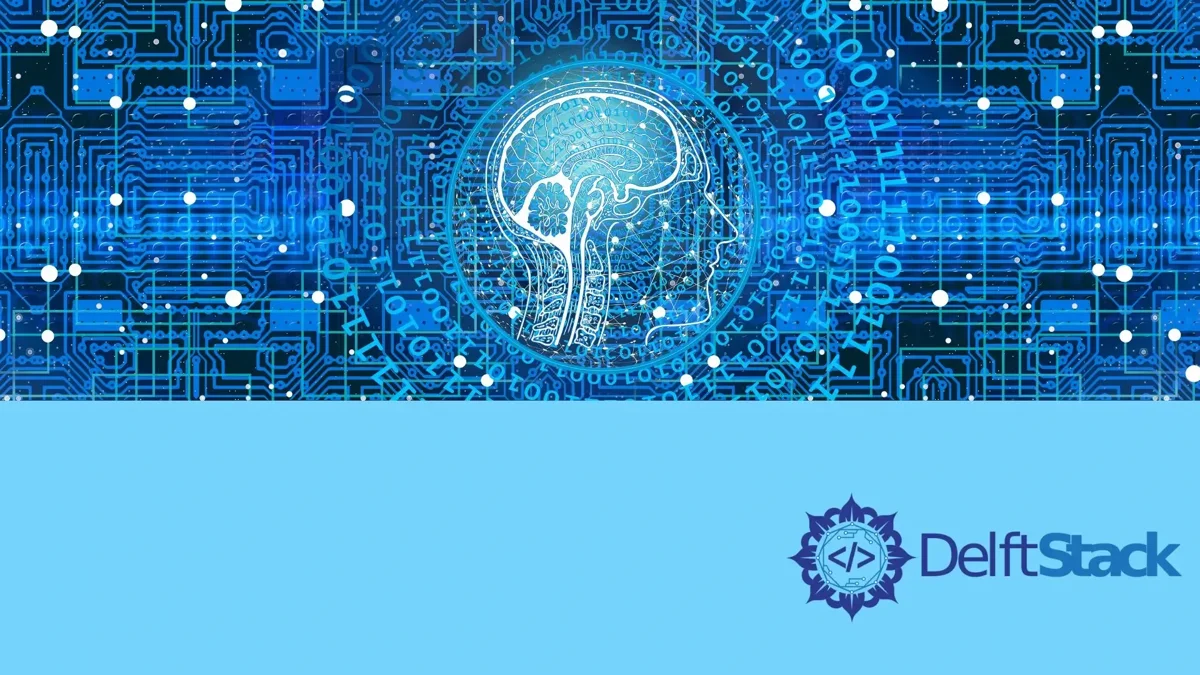Python Tutorial - Introduction

Python is a high level, general purpose interpreted and object-oriented programming language. Python is an easy to learn and a powerful language and it is created by Guido van Rossum in late 1989.
Python code does not need to be compiled as it is an interpreted programming language whose code is interpreted at runtime. Python is an interactive programing language meaning you can interact with the interpreter and write lines of code at the prompt (each line of code will be interpreted).
Python becomes more and more popular in recent years. It is ranked the 4th popular programming language in 2017 as declared by TIOBE Programming Community Index. Python is used in a variety of application domain, like but not limited to web development, scientific and numeric, education, graphical user interface (GUI), software development and machine learning.
Features of Python
Python is a multi-paradigm programming language supporting object-oriented and structured programming. The features of Python include:
Easy to Learn
Python has English keywords and a simple structure with a clear syntax making it easy to learn.
Interpreted
The code written in Python does not need to be compiled. The code is interpreted (line by line) at runtime.
Portable
As you do not need to compile the code, therefore, Python is a machine-independent portable programming language. It means that the code written on one system can be interpreted at another system without any errors.
Extensive Libraries
Python contains a standard library of functions. Including these functions in your program will let you create websites, games, databases, etc.
Object-Oriented Programming
Along with Functional and Structural programming, Python also supports object-oriented programming which divides the program into classes and objects.
Reasons to Learn Python
The following are some of the reasons to learn Python as your first programming language:
Simple Syntax
Python has a simple syntax which makes it easy to learn and understand. Don’t believe me? Ok consider the example below:
x = 4
y = 2
answer = x + y
print(answer)
So there is no need to specify the data types or writing semicolons at the end of each line or even in print there is no need of using the format string. So this makes Python an easy language.
Not Strict Language
Python is not a strict language, You can recall the example above; there is no need to specify data types when defining a variable. You do not need to end each line with a statement terminator.
In Python, when you follow the indentations, it makes easy to understand the code.
Expressive Language
In Python, you do not have to write a bunch of code to perform a simple task. In a programming language when the program contains less number of lines, it is considered to be less complex.
Founder of DelftStack.com. Jinku has worked in the robotics and automotive industries for over 8 years. He sharpened his coding skills when he needed to do the automatic testing, data collection from remote servers and report creation from the endurance test. He is from an electrical/electronics engineering background but has expanded his interest to embedded electronics, embedded programming and front-/back-end programming.
LinkedIn Facebook